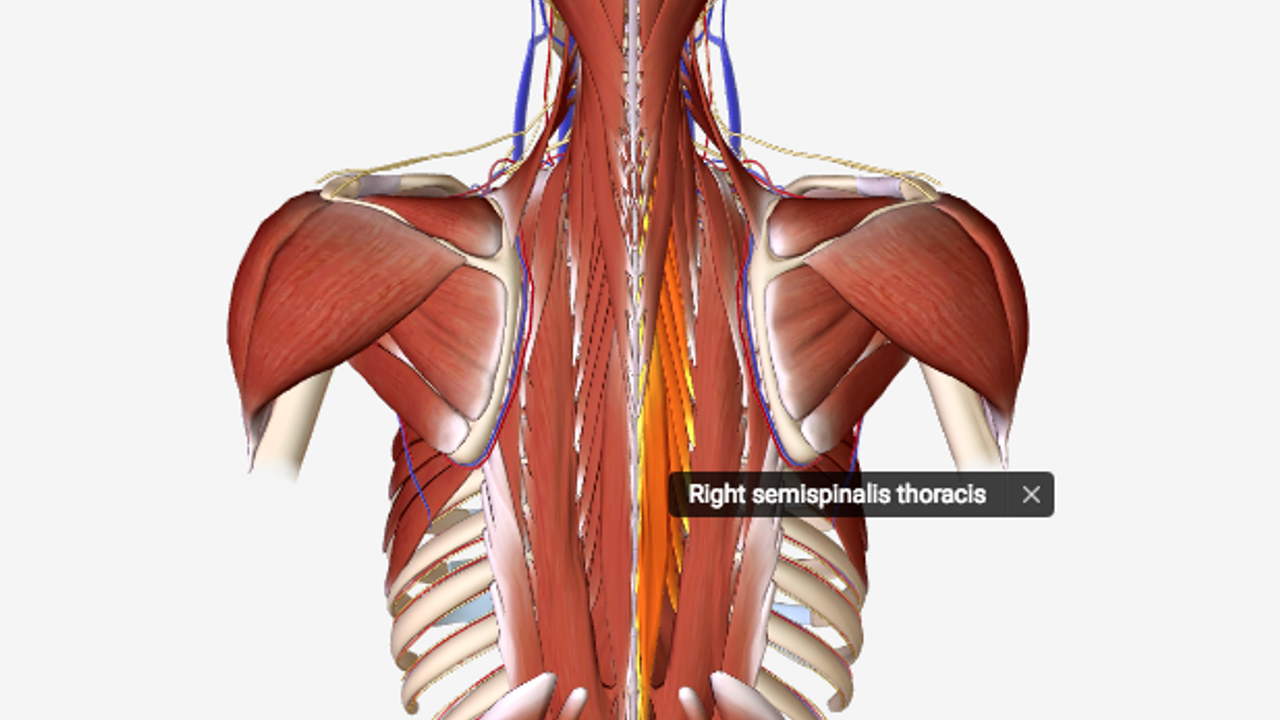
GET STRONGER WITH SPONDY
Jun 11, 2020I've been a member of the Spondylolisthesis Support Facebook Group for a few years now.
It's heart-breaking to witness how many people are suffering from this condition.
Recently, a new member posted in this group; they attached their grade 1 spondy x-rays and asked for advice from the group. Another member suggested "don't lift anything heavy, like over 10 pounds" and "don't bend or twist repetitively" followed by "it's only gonna get worse"
Although I don't condone telling people in pain "it's only gonna get worse", the advice to not lift heavy is probably appropriate for someone in the midst of what I call an "acute healing crisis" - someone who is in a lot of pain for example, like if their spondy has just suffered a recent, traumatic injury. In THIS scenario, it's probably a good idea not to lift heavy things.
What about bending and twisting? Also, decent advice from a purely biomechanical perspective, as this increased the shear force on the discs and at the pars interarticularis, which is where most initial spondy insults originate.
However...this advice does NOT hold true for the chronic grade 1-2 spondy sufferer.
I can't stress enough how important it is that grade 1-2 spondys learn how to move better and lift heavy things. My reply on the Spondylolisthesis Suppport group is copied here:
Something to consider: Spondylolisthesis is a condition of spinal instability. Doing less and "not lifting heavy stuff over 10lbs" further de-conditions your muscles, which exacerbates instability and quite possibly "it's only gonna get worse" as you say.
For grade 1-2 spondys, learning to lift weights properly is very important for tightening up the muscular, ligamentous and tendonous tension in our core and thereby creating spinal stability that will prevent further vertebral slippage.
I have coached many athletes on how to develop the skills to get back to exercising normally, back to weightlifting and back to high-level competitive sports. Like everyone here, I suffered for years, having been diagnosed with spondy grade 1-2 , multiple herniations, several degenerated discs, two scoliosi, multiple pars fractures, modic endplate damage and sacroiliac joint dysfunction.
Also, my left knee has zero ACL remaining and just 30% PCL, yet... I deadlift my body weight regularly and I am able to do most of my previous exercise. Although, sadly, just this year I've chosen to give up snowboarding and skiing due to the knee issues and because I don't want to deal with reconstruction at this time. I credit my resilience to *consistent* resistance training with bands, dumbbells and kettlebells (and not "doing stupid shit").
I've learned these methods from having spent the last 10 years training internationally with the industry's best pain science, spine rehab and back sports and conditioning coaches, biomechanists and exercise physiologists to develop a program for people like us (it's called Retrain Back Pain)
I hope this helps!
Dinneen
DISCLAIMER: I offer this example not to shame another valued member of the group, bur rather to share an example of pervasive misinformation that exists about spondylolisthesis and in the hopes of shedding light on the importance of the rehabilitative concepts of context, dosing and fear avoidance

